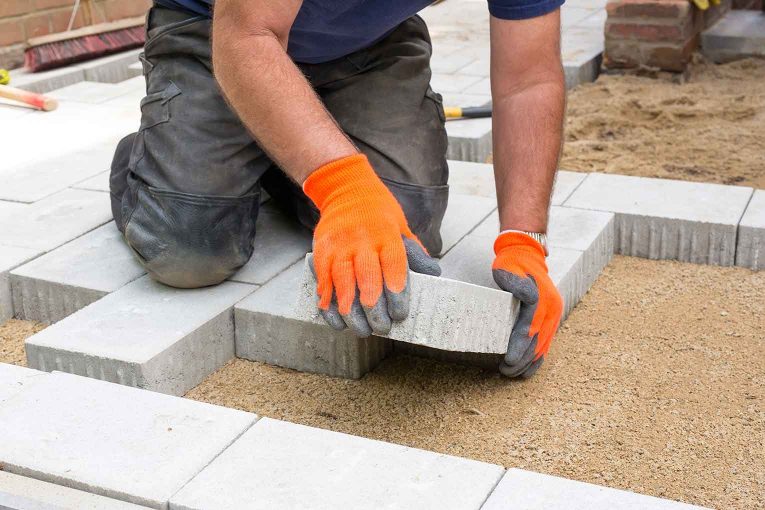There are plenty of people out there with aspirations of building their own home but few know where to start, especially when it comes to financing what can often be a step into the unknown. And that sometimes goes for brokers too.
The building society sector is a great place to begin this journey as a number of societies include such a product within their proposition. An inclusion which, alongside a number of other innovative product options, belies a somewhat dated misconception of this being a more ‘traditional’ lending community.
Staying on self-build, beyond the dream of appearing on Grand Designs, there are many factors and driving forces behind taking on such a project. Whether its parents gifting land to their children, people downsizing and building in their back garden, or first-time buyers taking the plunge to create their dream home because of a lack of housing available, circumstance is certainly encouraging greater take up across the UK.
There is also rising awareness over energy efficiency and the potential impact from an environmental standpoint. Research published in the NaCSBA Custom and Self Build Market Report 2023/24 showed, for the first time, that custom and self-build (CSB) homes generate a significantly higher positive local impact in comparison to mainstream housing, and that the homes built are more sustainable than the average new build.
The research found that:
- Custom and self-build development produces more than a doubling of the beneficial local economic impact of mainstream housing when labour and materials are viewed together.
- Data from Energy Performance Certificates (EPCs) demonstrated that CSB homes typically have reduced energy consumption of between 8-42% lower and CO2 emissions of 7-43% lower than typical new build EPCs.
Interestingly, the report also suggested that the demand for custom and self-build housing, as reflected in the Right to Build registers, is significantly underestimated by at least two-thirds. An analysis comparing postcode data of interested individuals against registered numbers revealed that nearly two-thirds of potential builders were not on the registers, indicating a minimum of 64% underestimation of demand.
The findings provide evidence which help further underpin the long-held belief that custom and self-build homes both boost local economies and create more sustainable homes. This adds robustness to any argument for custom and self-build, and will be of value in planning applications promoting the route over speculative new build housing.
These are compelling arguments for a great uptake in self-build, but it’s also clear that lenders also have to step up their efforts from both an educational and product perspective. As a lender with over 10 years’ experience operating in the self-build sector, we are always exploring how we can further enhance our product and service proposition by listening to the market and evolving accordingly. Consistent feedback has led to the recent introduction of an interest-only self-build option which is available for term. This means that even if the build completes before the product matures, the loan retains its interest-only status and we hope that this is a product type which help generate further interest among self-builders across the UK and will prove a useful solution for our intermediary partners in what remains a marketplace full of untapped potential
Self-build may not be an every day enquiry but it’s vital for most advisers to be fully aware of the building societies, specialist lenders and expert finance providers who work primarily within this sector and they are all keen to help advisers and their self-build clients at every stage of this complex and emotive journey.
David Lownds is head of products and marketing at Hanley Economic Building Society





